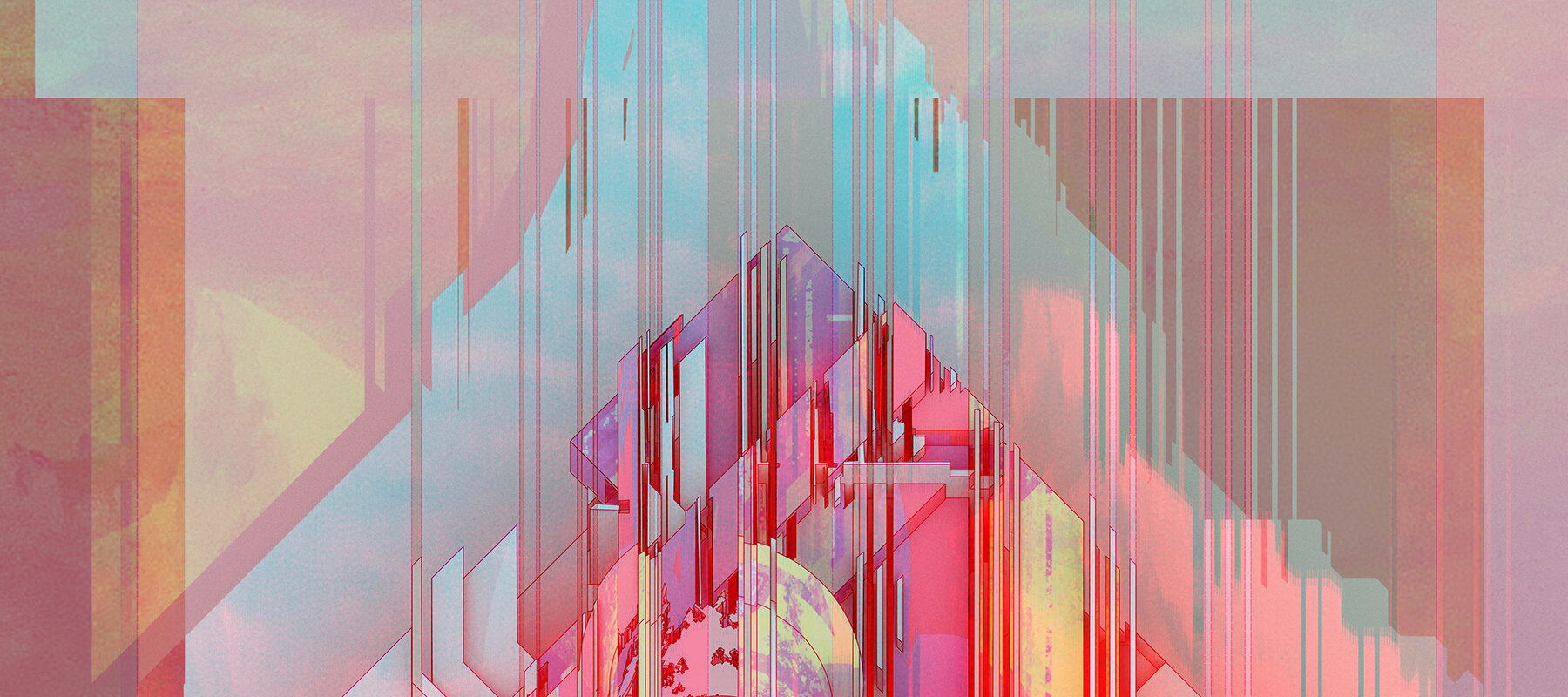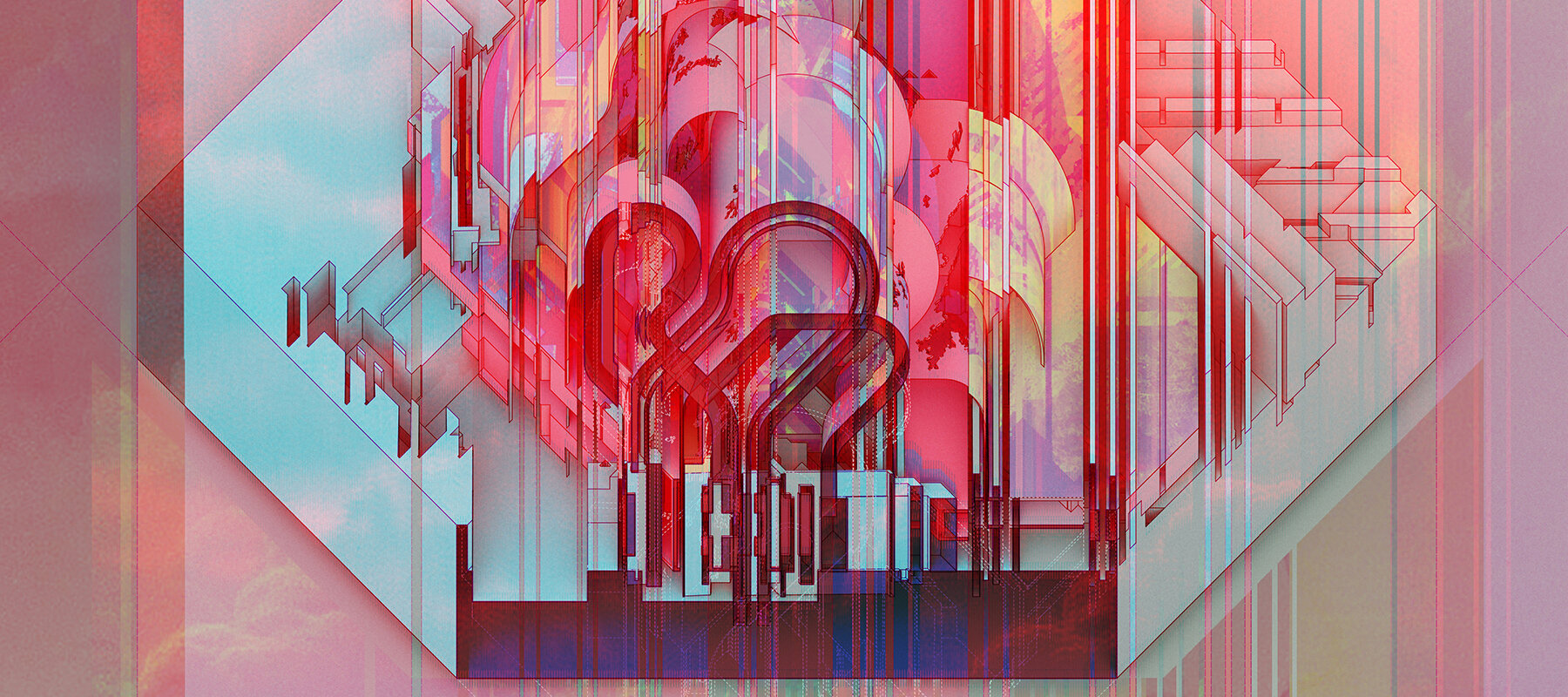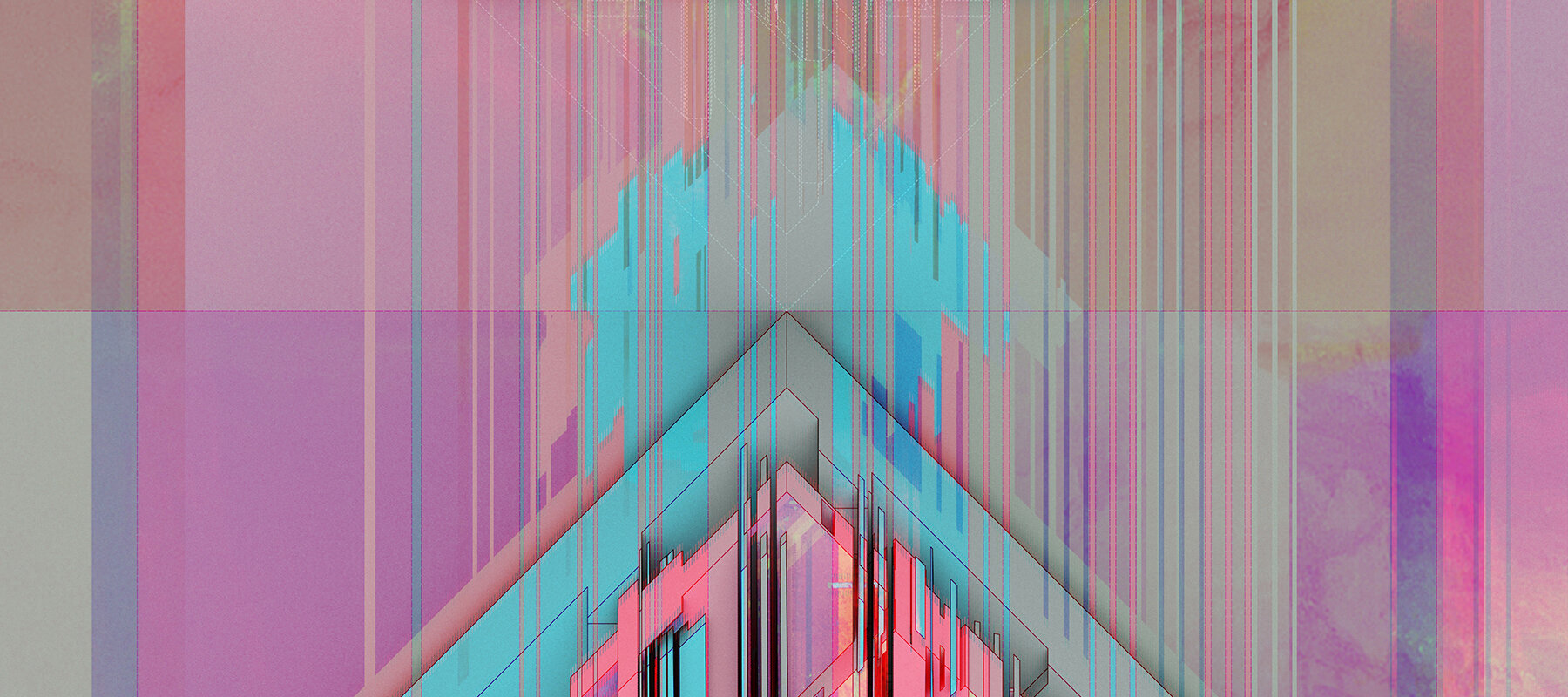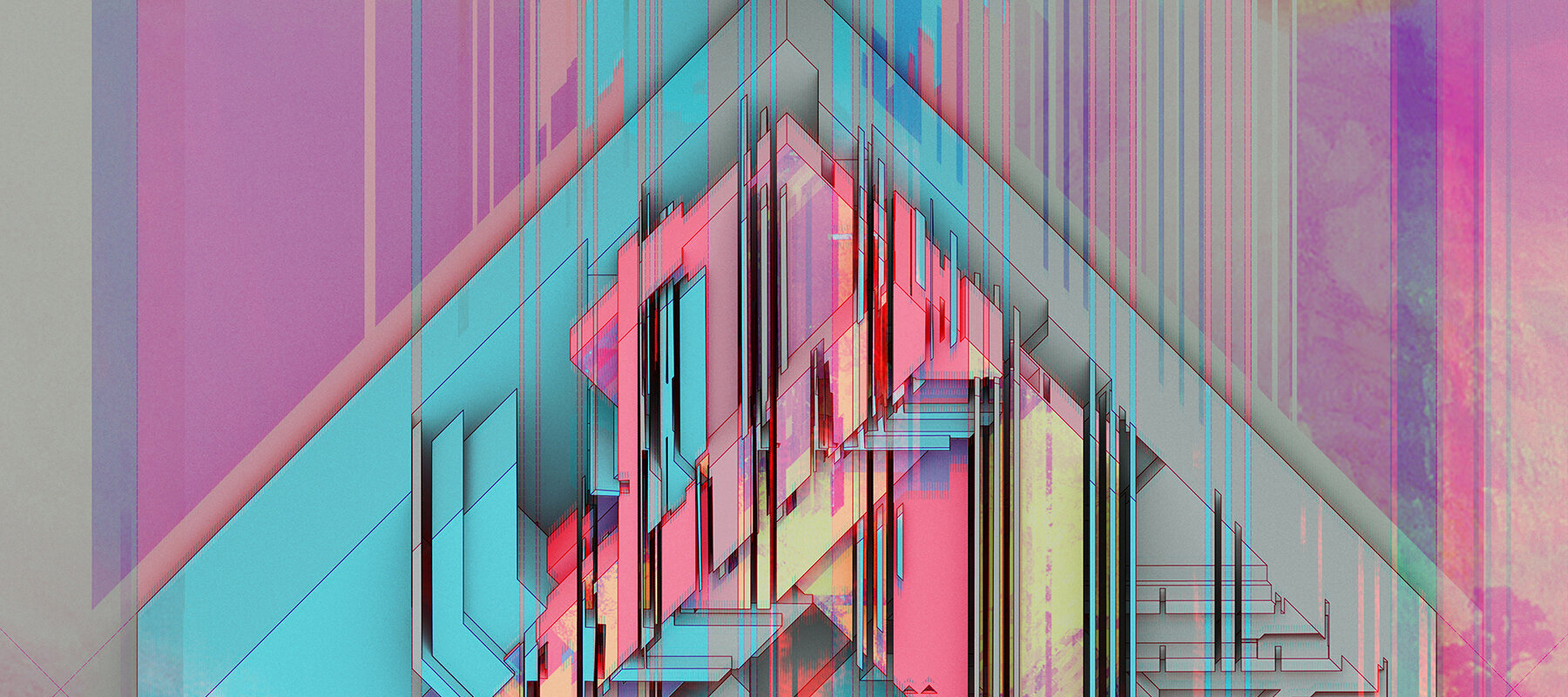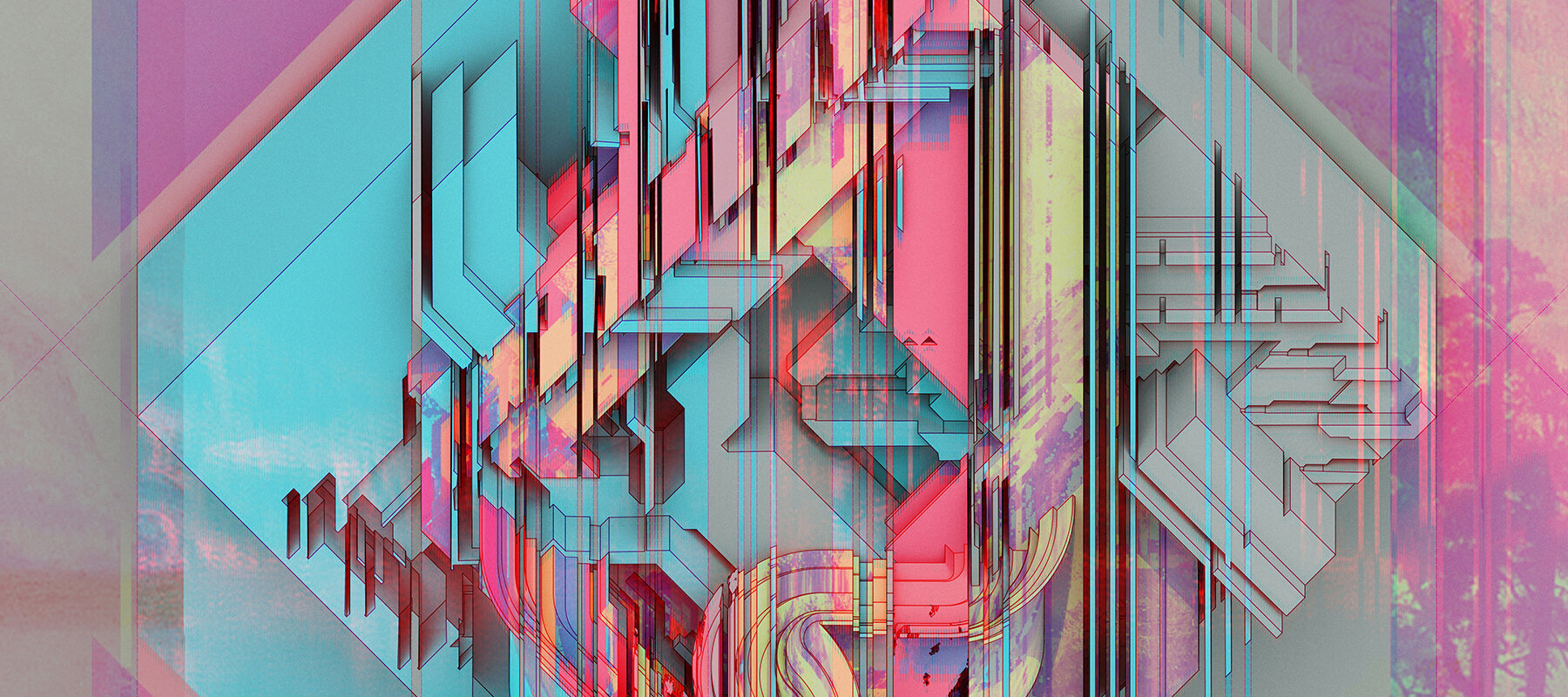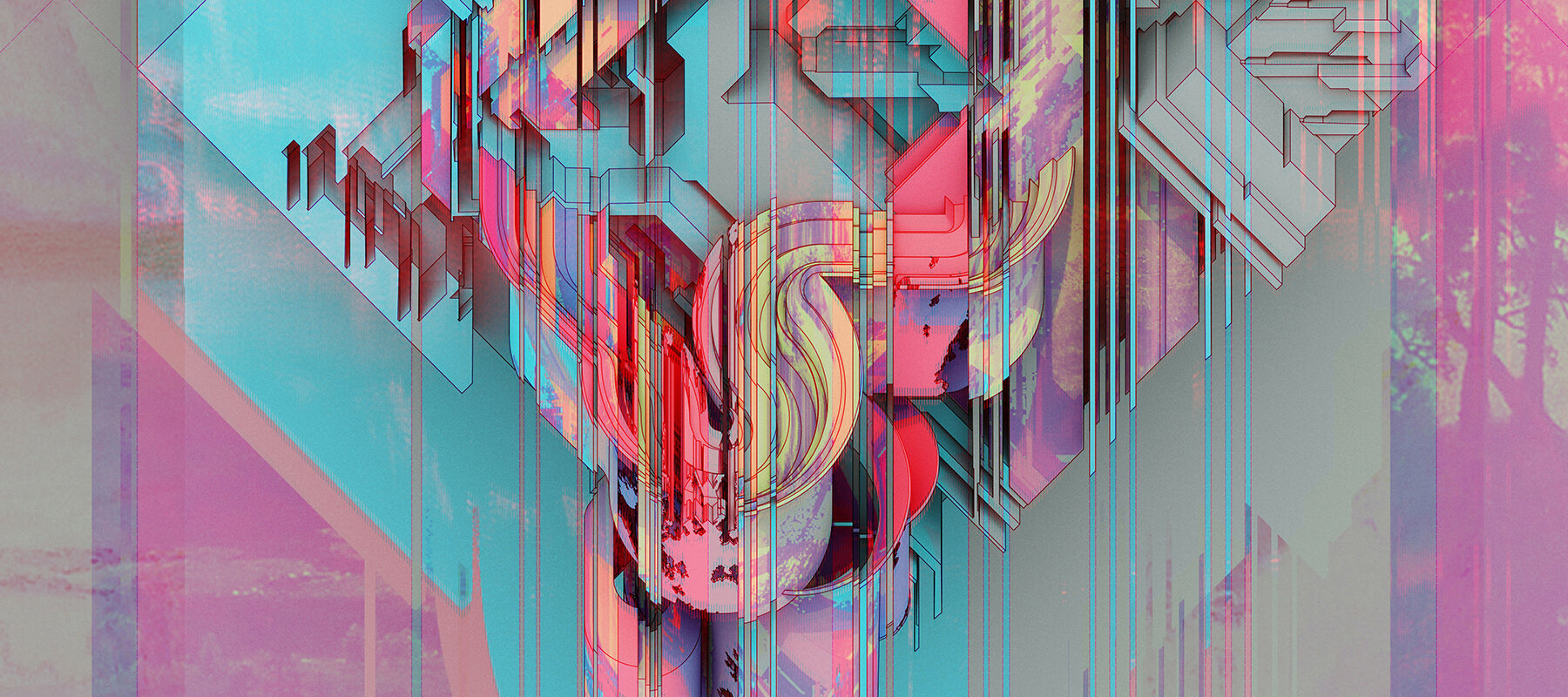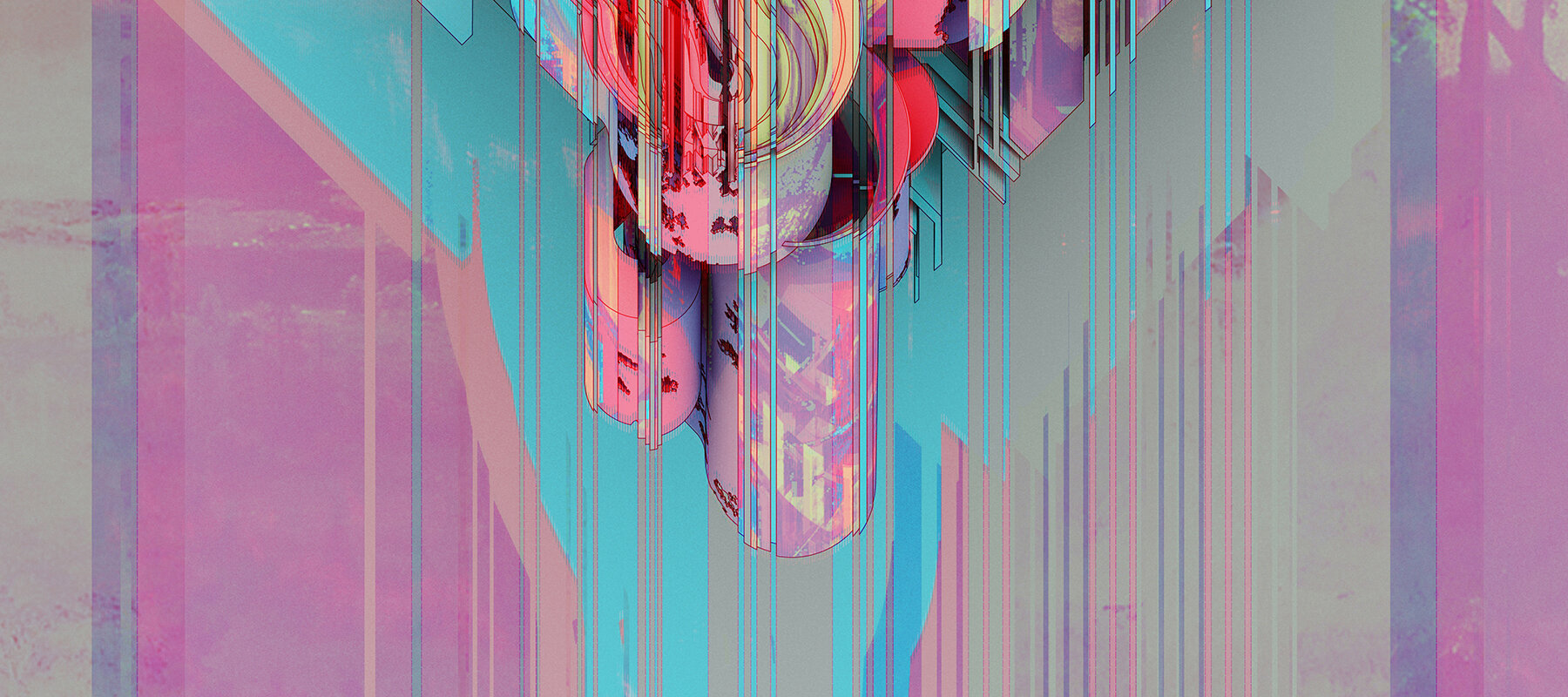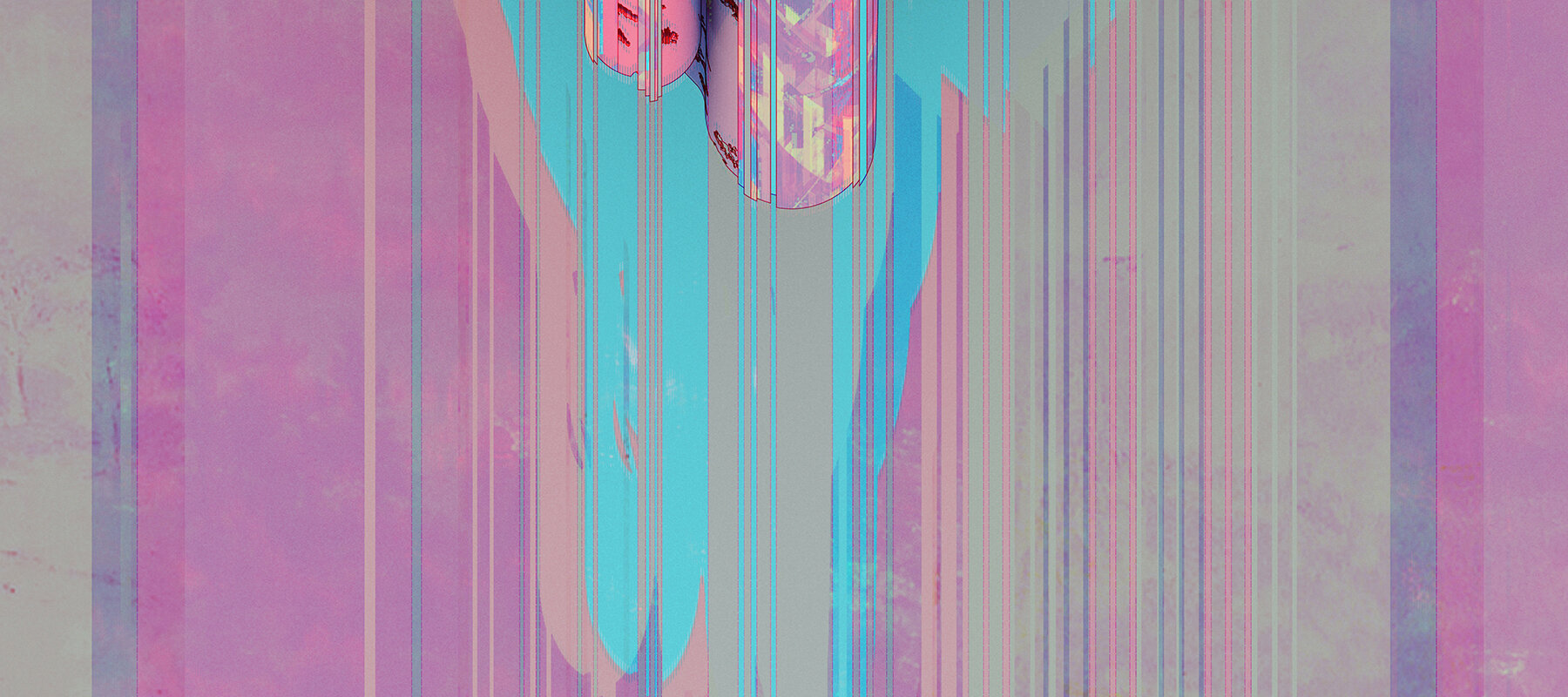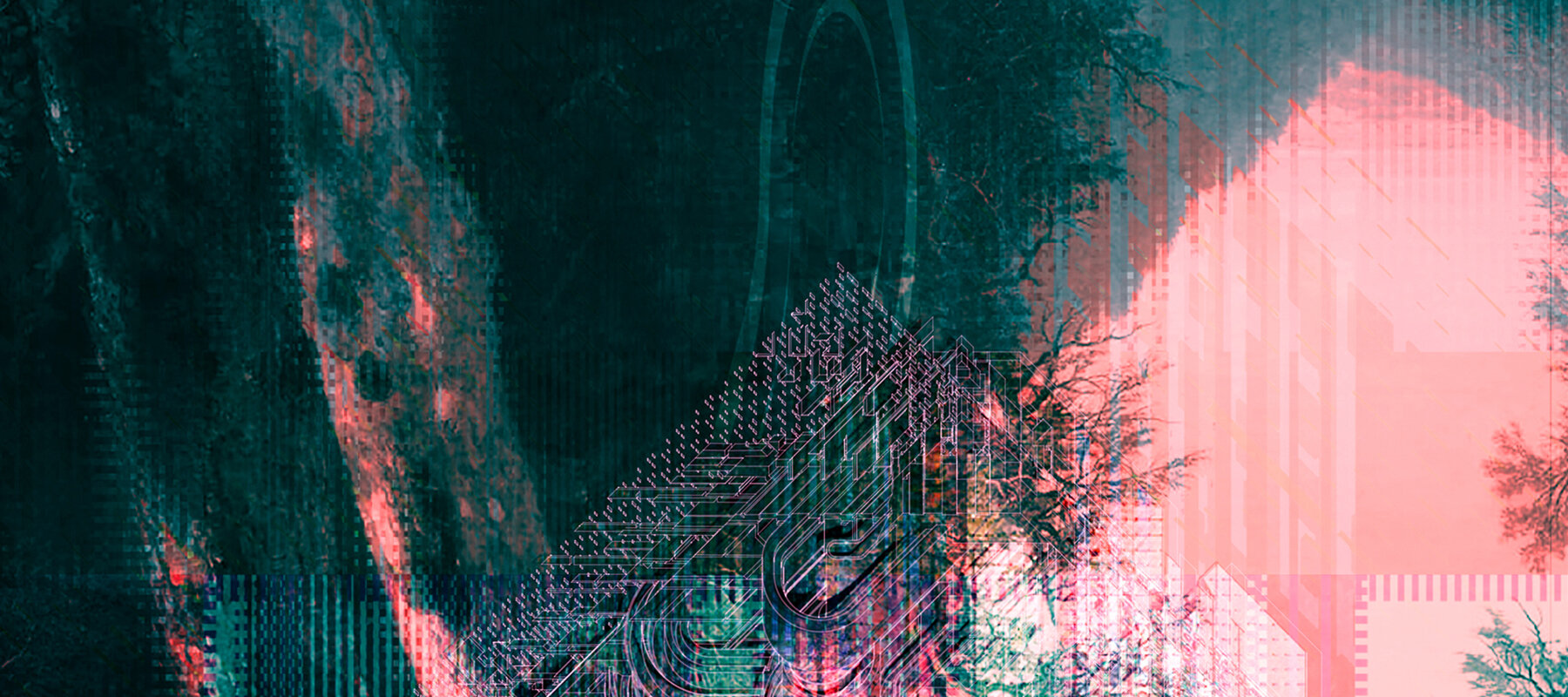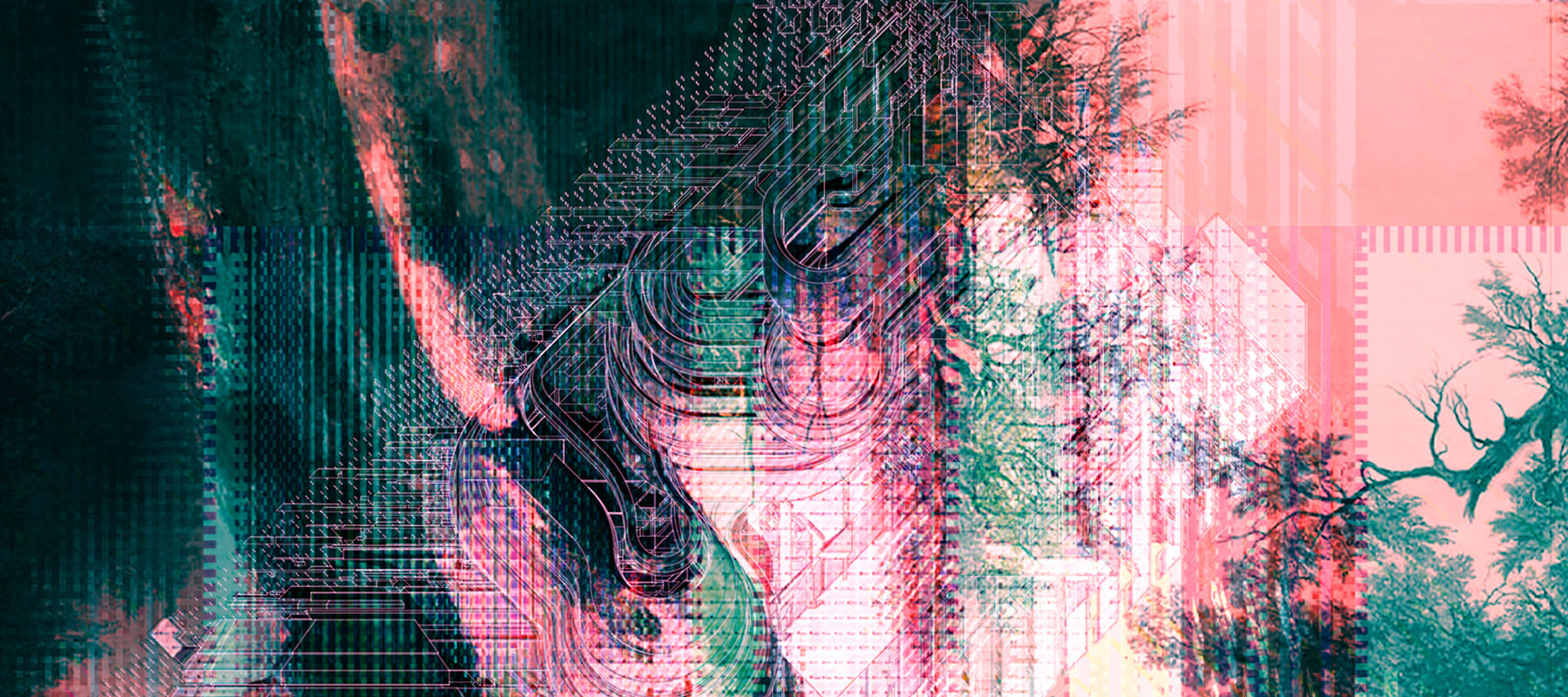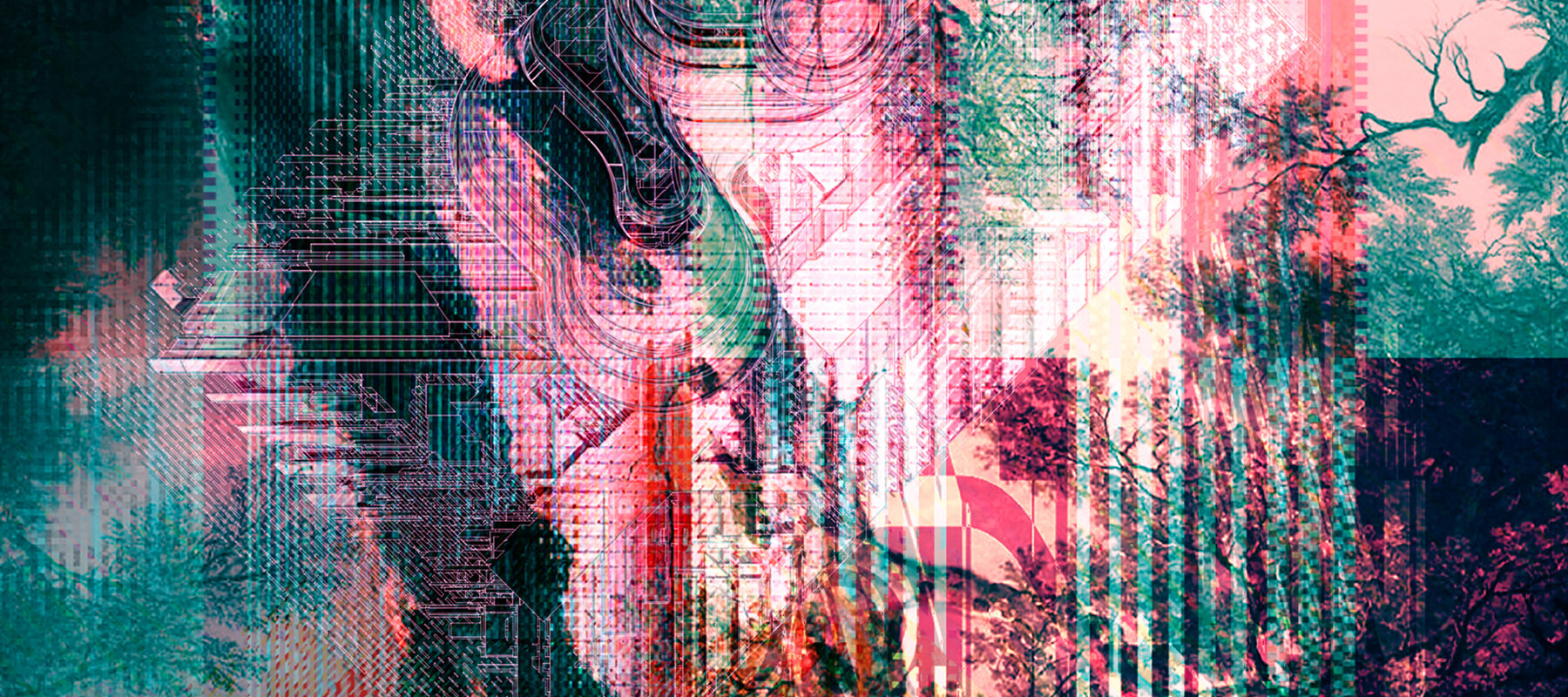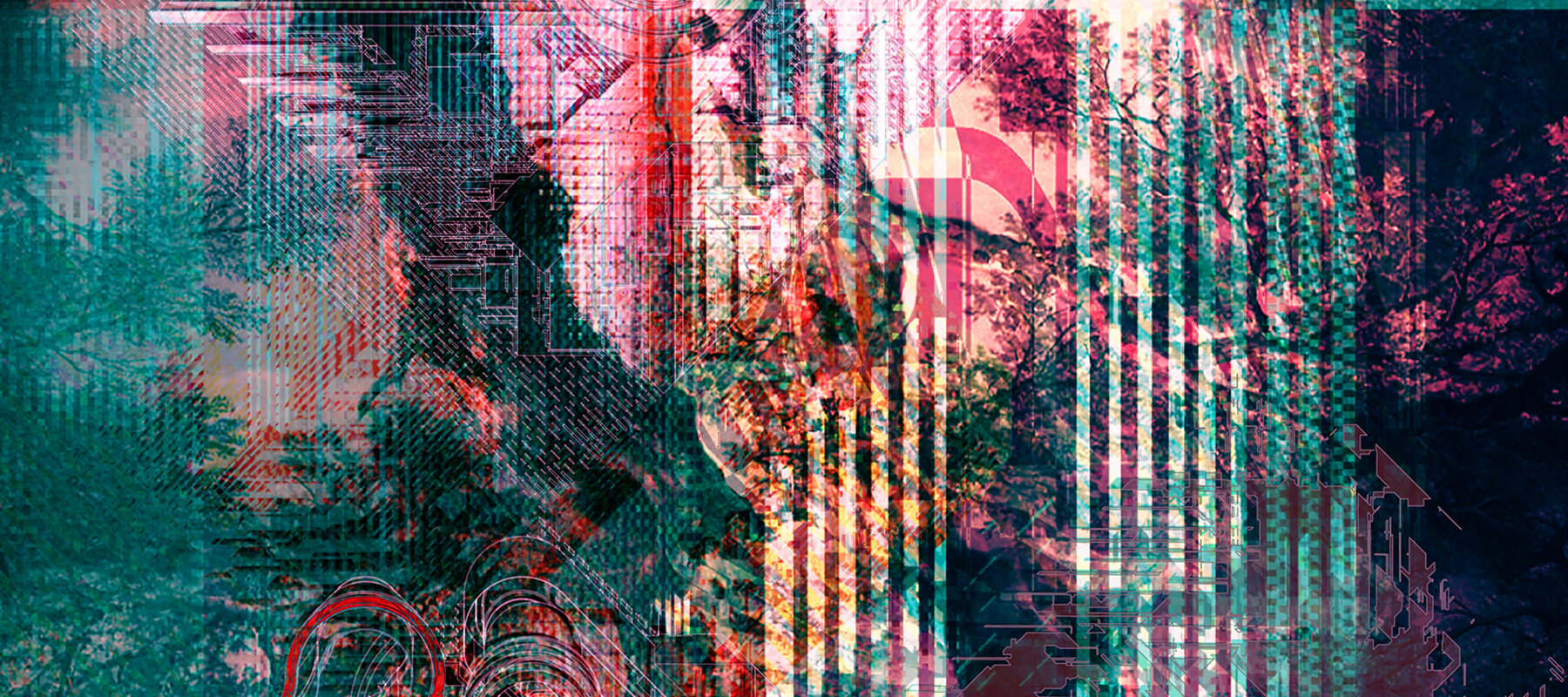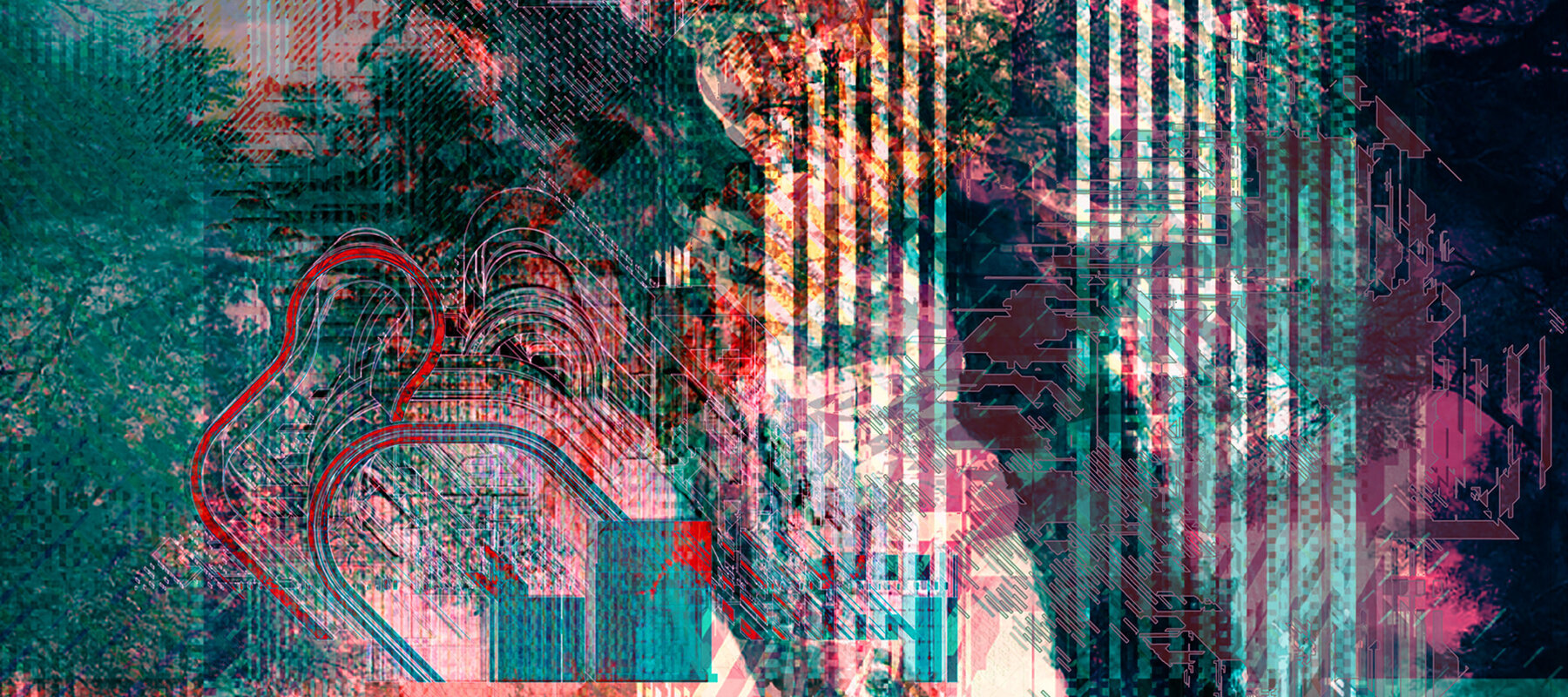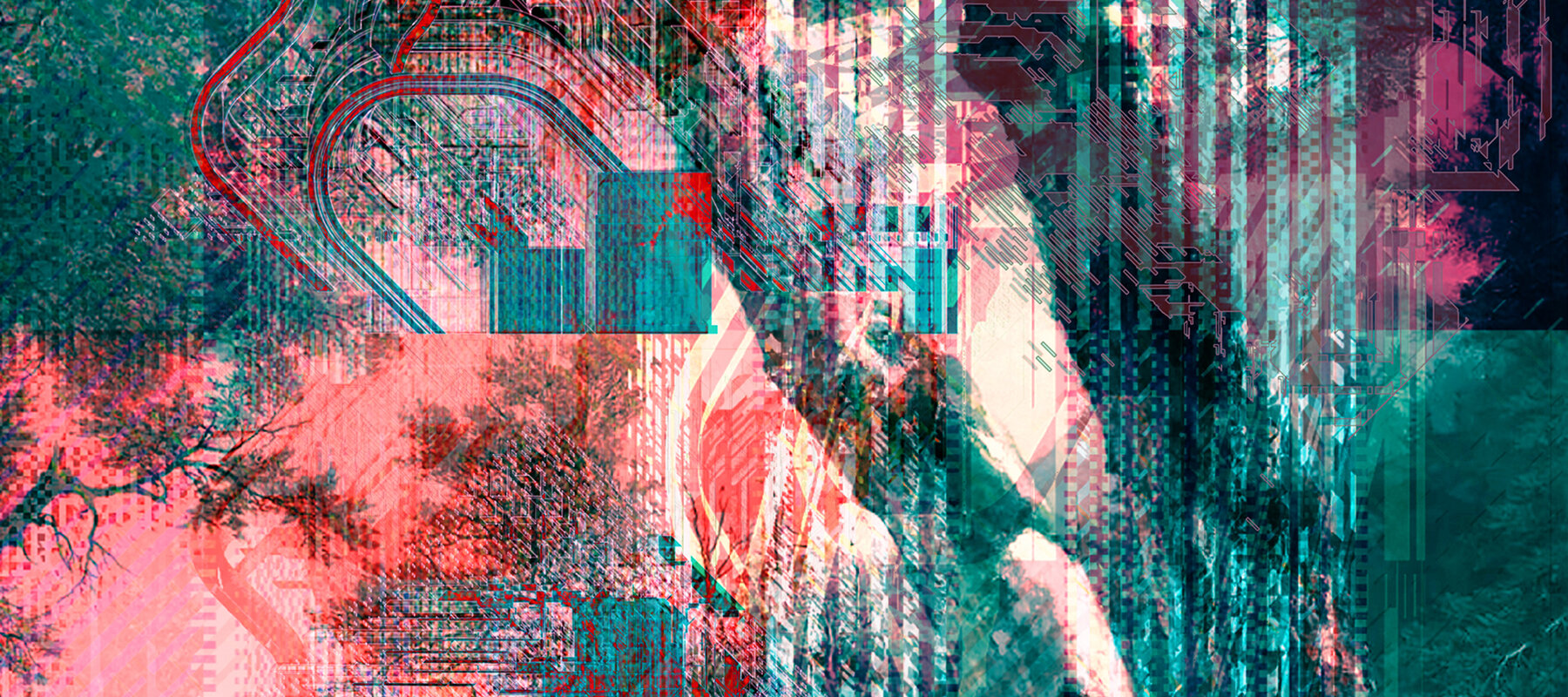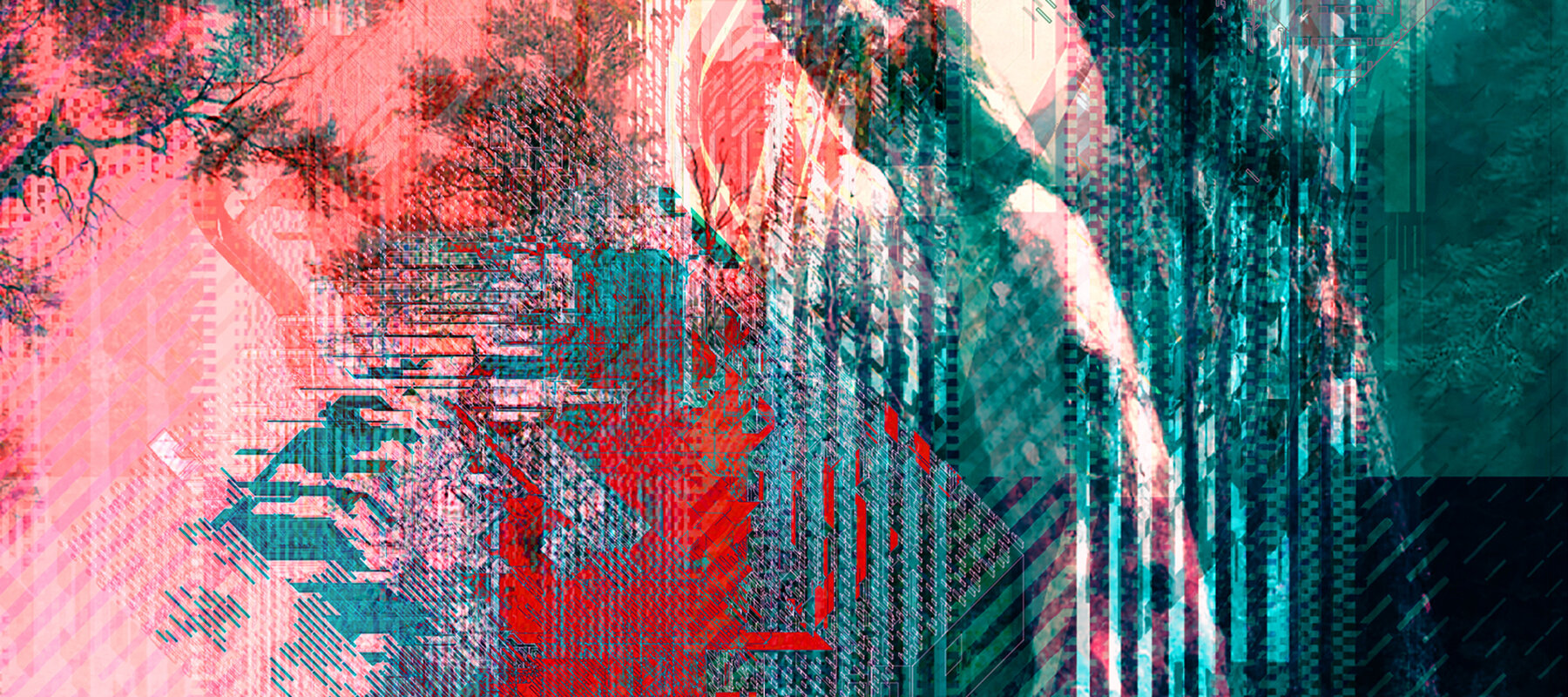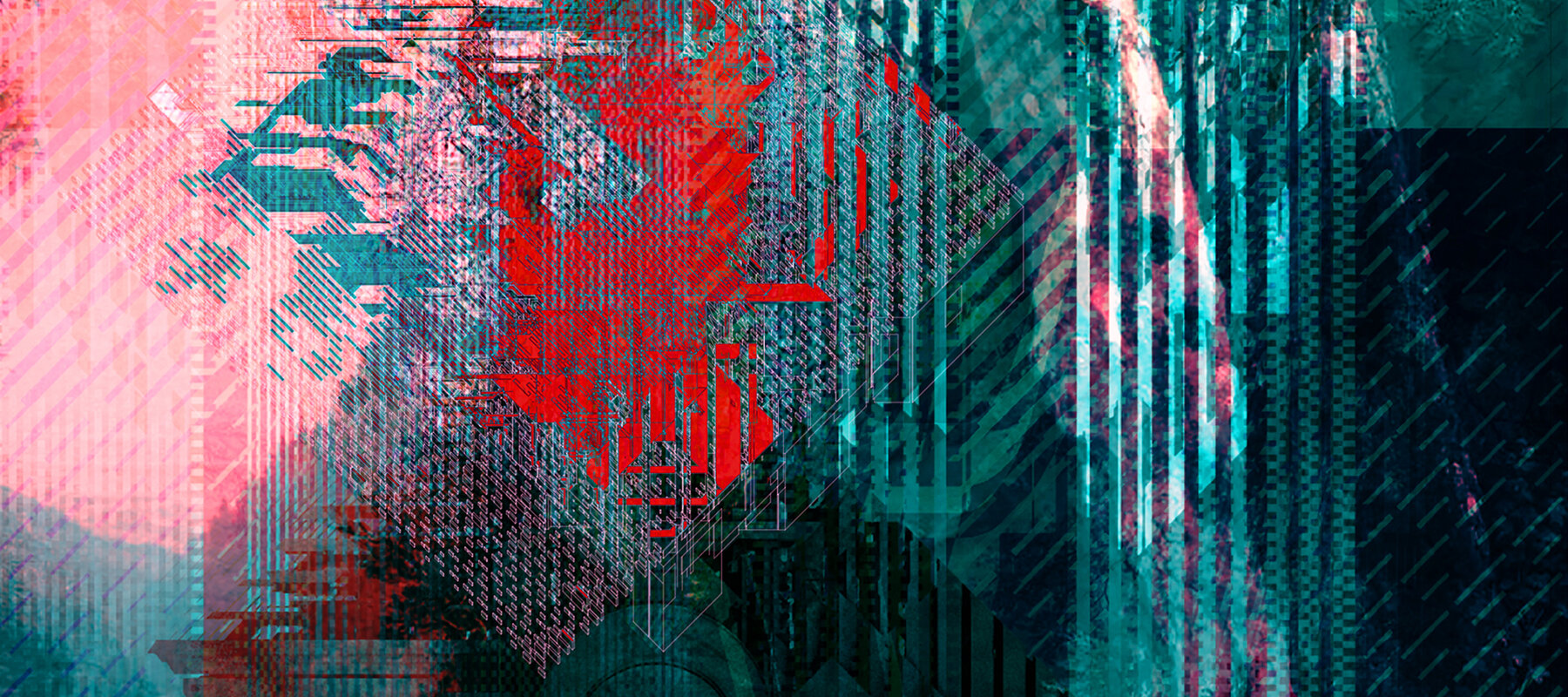shimmer house :: design research :: 2019
How are architecture and nature related? Of course, historically speaking they have been opposed to each other. And now contemporary architectural practice addresses the issue by demanding (rightly) a level of sensitivity and responsiveness to the planet and its resources. While this approach is generally framed as a technological problem with technological solutions, it seems that an aesthetic approach may be just as important.
The starting point for these drawings is the Hudson River School painters, whose attraction to a sublime aesthetic only became possible as a counterpoint to emerging urbanism in North America. As cities provided humanity separation from nature, nature’s power was inoculated and it was thus comfortable to hold it in regard at a distance. Timothy Morton has recently pointed out though, any idea of what nature is or should be is a cultural construct, and usually this idea manufactures a separation between humans and nature that gets in the way of dealing with ecological problems effectively.
So as a re-interpretation of an ‘inoculated sublime’ aesthetic, this drawing takes imagery from the Hudson River School, glitches it in two dimensions and projects it into three dimensions. Glitched two-dimensional imagery is projected on to the resulting geometry, and the cycle of glitching and projecting continues from there. The resulting ‘shimmer’ is a different sort of sublime aesthetic, similar to the corrupted or glitchy nature (the shimmer) in Alex’s Garland’s movie Annihilation, which indifferently subsumes humanity.

